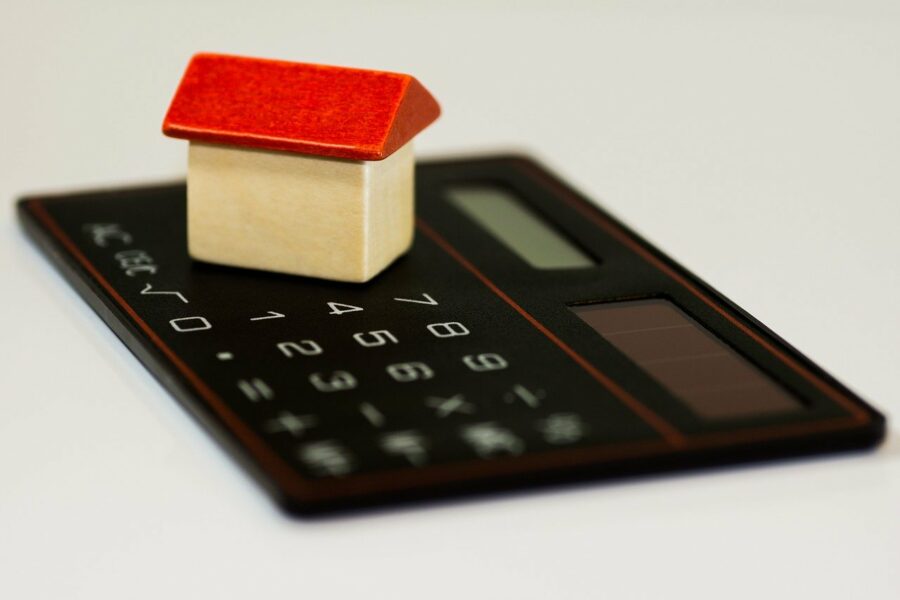It’s never a happy situation when something breaks inside or outside your family home. Unexpected emergency repairs can cost a pretty penny that you might not have, especially when living on a fixed income during retirement.
Luckily, there is one quick fix for finding the cash to pay for a new roof, or a new HVAC system, or a failing concrete foundation. It’s called a reverse mortgage. While there are some pros and cons to a reverse mortgage (https://reverse.mortgage/pros-cons), for some folks aged 62 and older, it can be the perfect solution when it comes to paying unexpected expenses like out-of-pocket medical bills or expensive emergency home repairs.
How does it work? Basically, you tap into the equity you’ve been building up in your family home for decades. You can take the money in one lump sum or monthly disbursements, and you never have to pay another mortgage payment again. You don’t need to pay the loan back until the borrower either leaves the home or dies.
But what are some other options when it comes to paying for emergency home repairs? According to a recent report, expensive home repairs aren’t something that might happen at some point in the future. They are something that will happen. For instance, if your water heater hasn’t broken down yet, just wait a while. Every ten years on average, water heaters spring a leak or split a seam.
Such emergency home repairs never arrive at a good financial time, and water heaters in need or repair might be the least of your worries since you can get them fixed for only about a couple hundred bucks. However, a new furnace or a new roof will cost you money that can easily destroy your budget.
Statistics show that more than sixty-five percent of Americans say their homes require costly repairs just to make it safe. Many of these homeowners are in retirement. What’s keeping them from making these repairs? They don’t have the cash. In terms of dollars and cents, the homeowners who require necessary home repairs need to bring in close to an additional $10,000 per year to make the fixes.
When repairs become an emergency and not enough cash is available, several ways are available to cover the expenditures. Money can be borrowed from a bank and paid back with interest, or a homeowner might attempt to collect on an insurance claim. They can even qualify for certain federal and community grants. They might even try a GoFundMe account, but don’t count on it being funded.
That said, here are a few more ways to pay for unexpected emergency home repairs before and during retirement.
HELOC or Home Equity Line of Credit
Just like reverse mortgages, a home equity lines of credit allows you to tap into the value of your home. The cash can be used for both unexpected emergency repairs or even home improvements. But unlike a reverse mortgage, you need to pay this loan back immediately.
If you can pay back the home loan, you risk losing your house. That’s why prior to taking the loan out, you need to know that you can pay it back promptly.
Homeowner’s Insurance Claims
Does your homeowner’s insurance policy cover emergency home repairs? For example, if you need a new roof due to storm damage, your policy might cover at least some of the costs. In this case, you will need a certified roofing inspector to visit the home and check over the roof thoroughly.
Government Home Repair Programs
Designed to allow homeowners to purchase or refinance their properties, the FHA 203(k) and the Limited 203(k), can also provide homeowner with loans to help to help pay for upgrades and/or emergency repairs.
HUD or the Department of Housing and Urban Development can provide a Title I Property Improvement Loan Program for homeowners who don’t have a lot of equity in their property. Proceeds can be used for major repairs or even for new appliances that are said to “make your home more livable and useful.”
Take note, these “appliances” do not include luxury items like a hot tub or an inground swimming pool.
Disaster Relief Program
Homeowners who live in areas where tornadoes or hurricanes are a common occurrence, know full well the damage these climatic events can cause on a home. With that in mind, if your unexpected emergency home repair is disaster-related, you can turn to relief organizations such as the Red Cross or FEMA (Federal Emergency Management Agency).
FEMA in particular, can offer emergency funds for disaster-related repairs that are not covered by homeowner’s insurance since the damage might be interpreted as “an act of God.”
This money is allocated primarily for sanitary living conditions and/or safety issues. They are not, however, intended to restore you home to its original pre-disaster condition.
